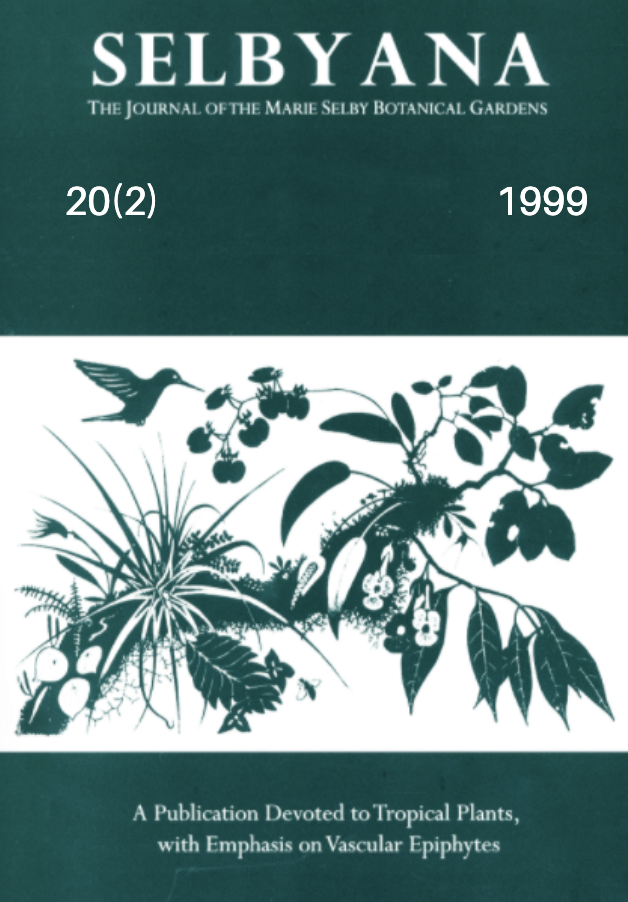Abstract
A ground-based canopy model that estimates the volume of occupied space in forest canopies was tested using the Wind River Canopy Crane. A total of 126 trees in a 0.25 ha area were measured from the ground and directly from a gondola suspended from the crane. The trees were located in a low elevation, old-growth forest in the southern Washington Cascades. The ground-based model was based on six measurements and assumptions about the individual crown shape (e.g., conic, parabolic), the crane-based measurements required up to 377 measurements per tree. The two models were then compared, both by species and by crown position, to see where major discrepancies occurred. At the stand scale, ground-based and crane-based models of canopy structure were similar. At the scale of individual trees, however, groundbased estimates of crown volume differed significantly from the more detailed models of crown shape afforded by direct canopy access with the crane. Douglas-fir crowns were overestimated by 10.6%, Pacific yews were overestimated by 0.8% and western hemlocks were underestimated by 1.9%. While errors for yew and hemlock were smaller than for Douglas-fir, their standard deviations are much higher: 0.09 for Douglas-fir and 0.13 and 0.12 for Pacific yew and western hemlock, respectively. Most of the error resulted from model estimates of the lower crown, as epicormic branching and uneven shading caused highly irregular lower crowns in Douglas-fir. Over 85% of the differences between the two models among all the Douglas-fir trees were in the lower halves of the crowns. Similarly, 74% of the hemlock error and 58% of the Pacific yew error resulted from differences in their lower crowns. At the stand-level, the ground-based model of crown volume and the vertical distribution of foliage provided estimates consistent with more the detailed measurements made using the canopy crane.
Open Access and Copyright Notice
Selbyana is committed to real and immediate open access for academic work. All of Selbyana's articles and reviews are free to access immediately upon publication. There are no author charges (APCs) prior to publication, and no charges for readers to download articles and reviews for their own scholarly use. To facilitate this, Selbyana depends on the financial backing of the Marie Selby Botanical Gardens, the hard work and dedication of its editorial team and advisory board, and the continuing support of its network of peer reviewers and partner institutions.
Authors are free to choose which open license they would like to use for their work. Our default license is the Creative Commons Attribution-NonCommercial 4.0 (CC BY-NC 4.0). While Selbyana’s articles can be copied by anyone for noncommercial purposes if proper credit is given, all materials are published under an open-access license with authors retaining full and permanent ownership of their work. The author grants Selbyana a perpetual, non-exclusive right to publish the work and to include it in other aggregations and indexes to achieve broader impact and visibility.
Authors are responsible for and required to ascertain that they are in possession of image rights for any and all photographs, illustrations, and figures included in their work or to obtain publication or reproduction rights from the rights holders. Contents of the journal will be registered with the Directory of Open Access Journals and similar repositories. Authors are encouraged to store their work elsewhere, for instance in institutional repositories or personal websites, including commercial sites such as academia.edu, to increase circulation (see The Effects of Open Access).
